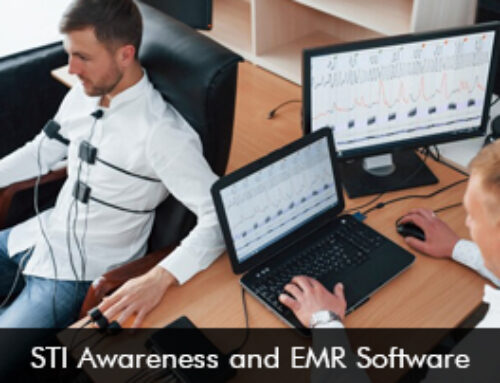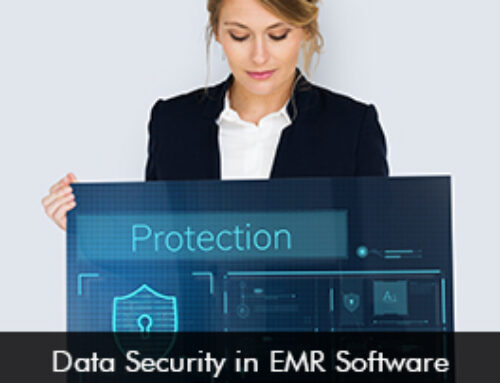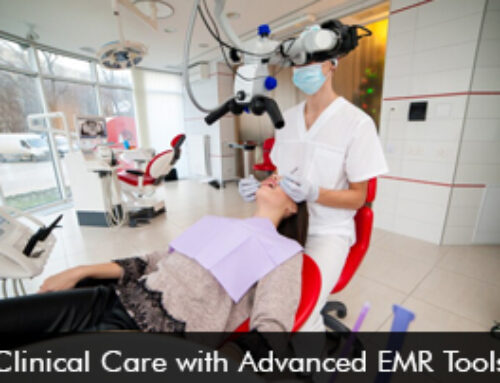The robust technology of Telemedicine EMR Software can offer care at the right place and at the right time. Therefore bridging any gaps in care and ensuring that care is given promptly. At the beginning of 2020, only about 24% of U.S. healthcare organizations offered virtual care programs now 97% of health systems provide telemedicine solutions. This expansion reflects that the virtual care software system is both effective and efficient.
What is Ambulatory Care?
When medical treatments are delivered as an outpatient, it’s known as ambulatory care. This implies that people don’t have to spend the night or be admitted to the hospital. It includes a broad range of medical services like diagnosis, treatment, advice, monitoring, and rehabilitation. Several locations, including clinics, urgent care facilities, doctor’s offices, outpatient surgery centers, and even patients’ homes, can provide ambulatory care. This method minimizes interference with patients’ daily lives while enabling them to receive care on time.
The use of Telemedicine EHR Software in ambulatory care settings can transform the way care is provided to patients. They are reducing hospital admissions, enhancing quality, and boosting access to care.
Telemedicine EMR Software Usage in Ambulatory Care Settings
In ambulatory care settings, Telemedicine Electronic Medical Records Software is being used widely to enable remote healthcare delivery.
Secure Virtual Consultations
The Telemedicine Software system can be utilized by clinicians for virtual sessions with patients. Telemedicine offers a HIPAA-compliant platform to secure patient data and conversations via the sessions. The remote care tool can offer diagnosis, treatment, and follow-up care irrespective of geographical barriers. Telemedicine sessions offer a quick connection between the patient and the provider, hence allowing pinpointing of red flags beforehand.
Prescriptions and orders
Features for ordering testing, writing prescriptions for drugs, and sending patients to specialists are all included in telemedicine EMR software. In ambulatory care settings, these tools simplify the process of remotely managing patient care.
Telemedicine Software Integration with Remote Patient Monitoring Devices
Wearable sensors and other home health equipment can be integrated with telemedicine EHR platforms due to their sophisticated and modern technology. This enables remote monitoring of patient’s vital signs and health indicators by medical professionals. This empowers them to offer proactive treatment and early intervention as needed. It is ultimately improving health outcomes which is the goal of healthcare.
Patient Triage
Telemedicine Software can be utilized to prioritize patients with urgent but non-life-threatening ailments. Remotely assessing a patient’s symptoms allows providers to decide if they need to be treated right away, sent to an ER, or managed with guidelines for at-home treatment.
Moving Ahead
Ambulatory care meets the diverse needs of patients in the US. When Telemedicine EMR Software Systems are deployed better life-saving services can be offered to patients without crowding hospitals. Virtual sessions provide a convenient and flexible way for providers to communicate with their patients and address any health concerns dynamically.







